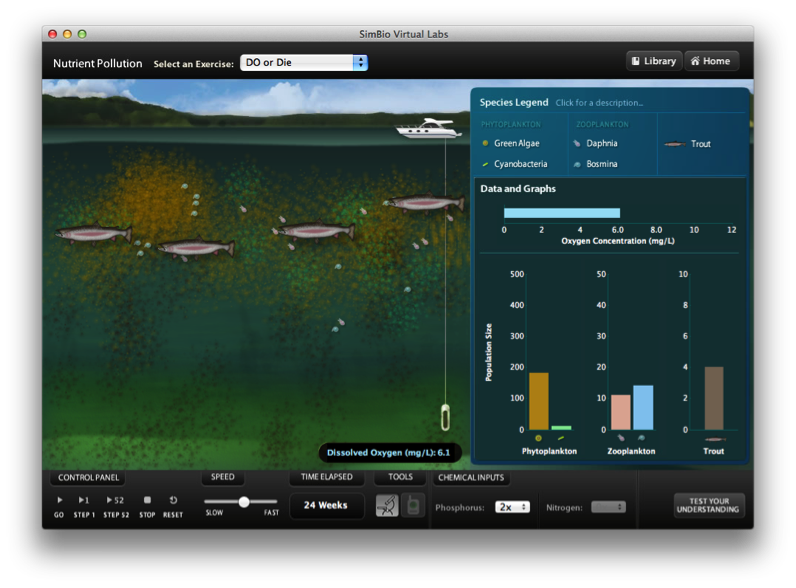| << Chapter < Page | Chapter >> Page > |
Because of the impact science has on students and society, an important goal of science education is to achieve a scientifically literate population that consistently makes informed decisions. Scientific literacy transcends a basic understanding of scientific principles and processes to include the ability to make sense of the myriad instances where people encounter science in day-to-day life. Thus, a scientifically literate person is one who uses science content knowledge to make informed decisions, either personally or socially, about topics or issues that have a connection with science. Concepts of Biology is grounded on a solid scientific base and designed to promote scientific literacy. Throughout the text, you will find features that engage the students in scientific inquiry by taking selected topics a step further.
Our art program takes a straightforward approach designed to help students learn the concepts of biology through simple, effective illustrations, photos, and micrographs. Concepts of Biology also incorporates links to relevant animations and interactive exercises that help bring biology to life for students.
Concepts of Biology would not be possible if not for the tremendous contributions of the authors and community reviewing team
| Samantha Fowler | Clayton State University |
| Rebecca Roush | Sandhills Community College |
| James Wise | Hampton University |
| Mark Belk | Brigham Young University |
| Lisa Boggs | Southwestern Oklahoma State University |
| Sherryl Broverman | Duke University |
| David Byres | Florida State College at Jacksonville |
| Aaron Cassill | The University of Texas at San Antonio |
| Karen Champ | College of Central Florida |
| Sue Chaplin | University of St. Thomas |
| Diane Day | Clayton State University |
| Jean DeSaix | University of North Carolina at Chapel Hill |
| David Hunnicutt | St. Norbert College |
| Barbara Kuehner | Hawaii Community College |
| Brenda Leady | University of Toledo |
| Bernie Marcus | Genesee Community College |
| Flora Mhlanga | Lipscomb University |
| Madeline Mignone | Dominican College |
| Elizabeth Nash | Long Beach City College |
| Mark Newton | San Jose City College |
| Diana Oliveras | University of Colorado Boulder |
| Ann Paterson | Williams Baptist College |
| Joel Piperberg | Millersville University |
| Nick Reeves | Mt. San Jacinto College |
| Ann Reisenauer | San Jose State University |
| Lynn Rumfelt | Gordon College |
| Michael Rutledge | Middle Tennessee State University |
| Edward Saiff | Ramapo College of New Jersey |
| Brian Shmaefsky | Kingwood College |
| Gary Shultz | Marshall University |
| Donald Slish | SUNY Plattsburgh |
| Anh-Hue Tu | Georgia Southwestern State University |
| Elena Zoubina | Bridgewater State University |


Notification Switch
Would you like to follow the 'Concepts of biology' conversation and receive update notifications?